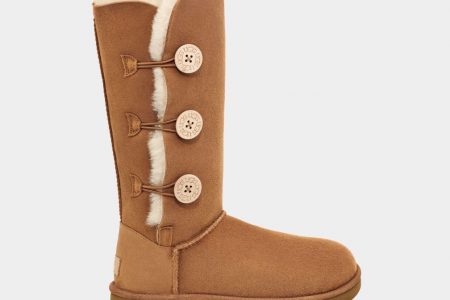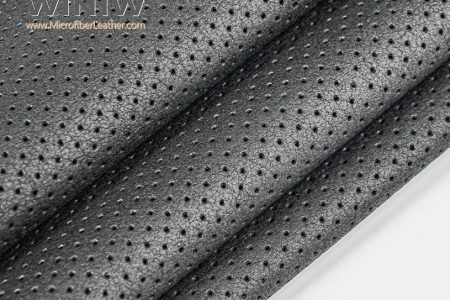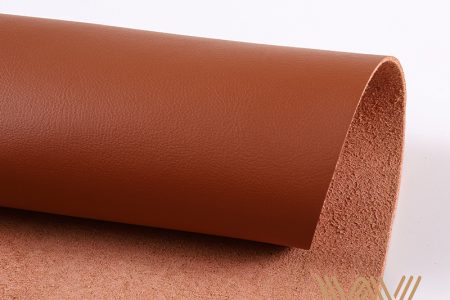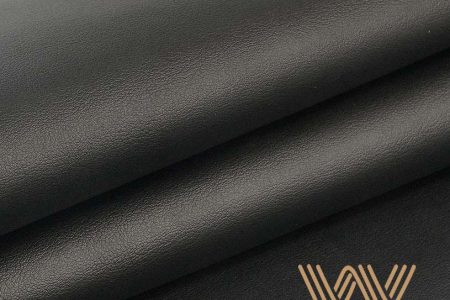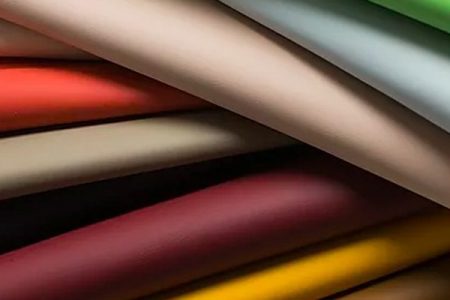- What are the materials used in shoes?
Shoes are a vital part of our everyday lives, providing comfort, protection, and style. They come in a variety of shapes, sizes, and materials that are carefully selected to serve different purposes.
One of the most common materials used in shoes is leather, a natural material made from animal hides. Leather shoes are known for their durability, flexibility, and ability to conform to the shape of your feet over time. They are also available in a variety of finishes and colors, making them the perfect choice for both casual and formal wear.
Another popular shoe material is synthetic fabrics like nylon, mesh, and polyester. These materials are known for their lightweight and breathable qualities, making them ideal for sports shoes and sneakers. They are also easy to clean and come in a variety of colors and designs.
Rubber and other synthetic materials are also commonly used in shoes, particularly in the soles. They provide grip and cushioning, reducing the impact on your feet with each step. They are also water-resistant and durable, making them the perfect choice for outdoor activities and work boots.
More recently, sustainable and eco-friendly materials such as recycled plastic, hemp, and organic cotton have become more prevalent in shoe manufacturing. These materials are renewable and help reduce the impact of the fashion industry on the environment.
In conclusion, shoes are made from a wide range of materials, each carefully chosen to serve a specific purpose. From leather to synthetic fabrics, rubber, and sustainable materials, there is a shoe material available for every need and preference.
- Which material is better synthetic or leather?
Both synthetic and leather materials have their own advantages and disadvantages. The choice between them ultimately depends on personal preference and intended use.
Leather is a natural material that is durable and can last longer than synthetic alternatives. It also develops a unique patina over time, adding character and personality to the product. Leather is generally considered to be more breathable than synthetics, allowing air to circulate and preventing odors. It is also less likely to cause irritation or allergic reactions.
Synthetic materials, on the other hand, are more affordable and easier to maintain than leather. They are also available in a wider range of colors and styles, making them a popular choice for fashion items. Synthetic materials are often water-resistant or waterproof, making them ideal for outdoor activities or rainy climates.
When it comes to sustainability, both leather and synthetic materials have their pros and cons. Leather is a natural material that can be biodegradable, but the production process can be harmful to the environment if not managed properly. Synthetic materials are often made from non-renewable resources and can take centuries to decompose.
In conclusion, the choice between leather and synthetic materials depends on various factors such as budget, preference, and intended use. Both materials have their own benefits and drawbacks, so it is important to weigh them carefully before making a decision. Regardless of which material you choose, it is important to care for your item properly to ensure its longevity.
- What is the difference between synthetic and leather shoes upper?
When it comes to choosing shoes, there are a range of materials to consider, the most common being synthetic and leather. While both options have their benefits, there are some key differences between synthetic and leather shoe uppers.
Firstly, synthetic shoes are typically less expensive than their leather counterparts. They also tend to be easier to clean and maintain, making them a good choice for those who want shoes that require minimal care. Synthetic materials can also be produced in a wide range of colors and patterns, making them a versatile option for those who want a fashion-forward shoe.
On the other hand, leather shoes have a timeless appeal that never goes out of style. Leather shoes tend to be more durable and long-lasting than synthetic shoes, which means they can be a good investment. Additionally, leather shoes often have a more comfortable fit, as the material conforms to the shape of your foot over time. Leather shoes can also be a sustainable choice if they are made from responsibly sourced materials and are well cared for, which can help them last for years.
In summary, the choice between synthetic and leather shoes depends on your individual needs and preferences. Synthetic shoes are a great choice for those who want a more affordable and low-maintenance option, while leather shoes offer timeless style, comfort, and durability. Ultimately, the choice is yours, and both options can provide value and quality in their own way.
Microfiber synthetic leather for shoes



